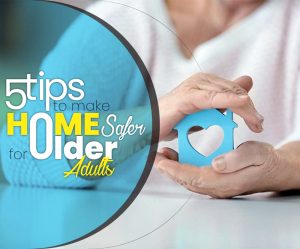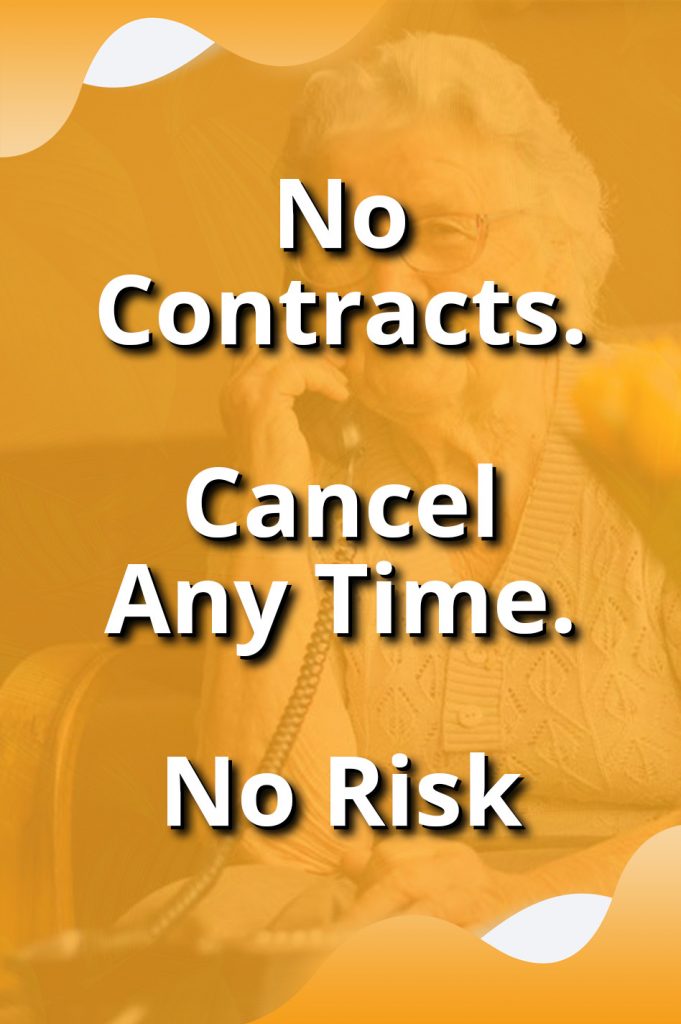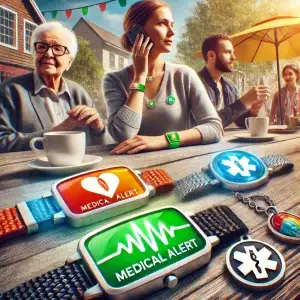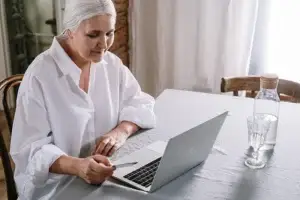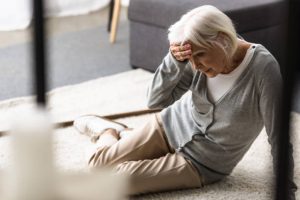
The Benefits of Wearing a Medical Alert Personal Alarm Device in Australia: Promoting Safety and Peace of Mind
The Benefits of Wearing a Medical Alert Personal Alarm Device in Australia: Promoting Safety and Peace of Mind In today’s world, the benefits of wearing

